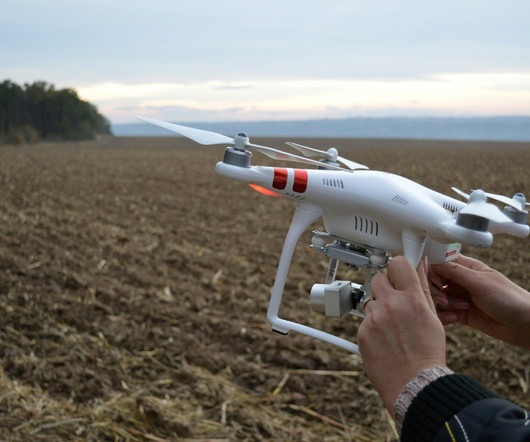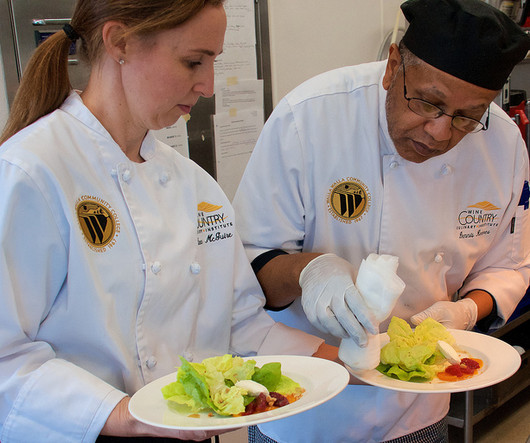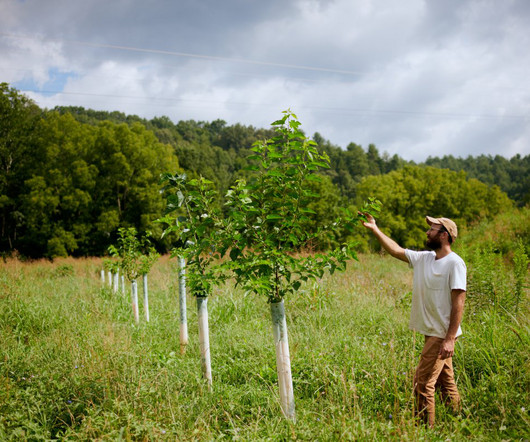Bringing ‘agroecological intelligence’ to on-farm technology choices
Sustainable Food Trust
SEPTEMBER 27, 2023
A Bigger Conversation’s Director, Pat Thomas, shares insights from the ‘Agroecological Intelligence’ project, which spoke with agroecological farmers and growers to establish a criteria for adopting new technologies. But not everyone buys in to this narrative.












Let's personalize your content